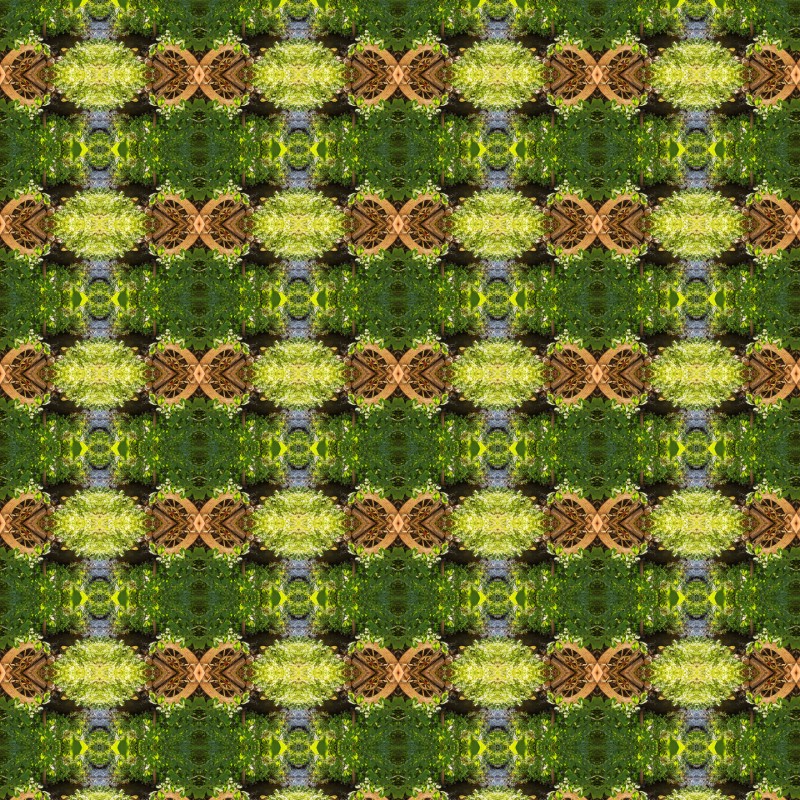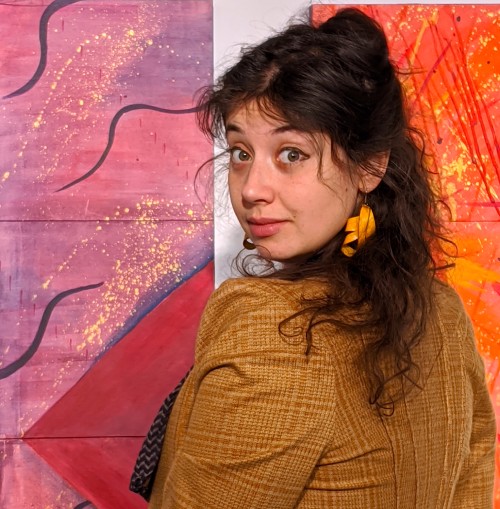
How did you start with art?
Art was all around me from a young age. I have been incredibly lucky as a creative soul to have been raised by people who are creatively inclined themselves. Through my parents, mentors, and peers, I was inspired to pursue and uninhibitedly use expressive practices as a way of interacting with, exploring, and reflecting on the world around me. I do not take this for granted, especially in moments of truth and honesty when they have offered their experiences for me to learn from. When I moved to Berlin, Germany at the age of 18/19 to be a designer with little more than the clothes on my back, my parents made sure to act as supports where they could and warn me that I was making a life-risking decision. This did not stop me! I have never forgotten the solidarity I have found amongst my family, friends, and especially other makers in this pursuit to see more in the world than is conventionally appreciated. Ironically, I think art was the only logical path for me and my purpose; it has been less of a choice and more of a way of existing.
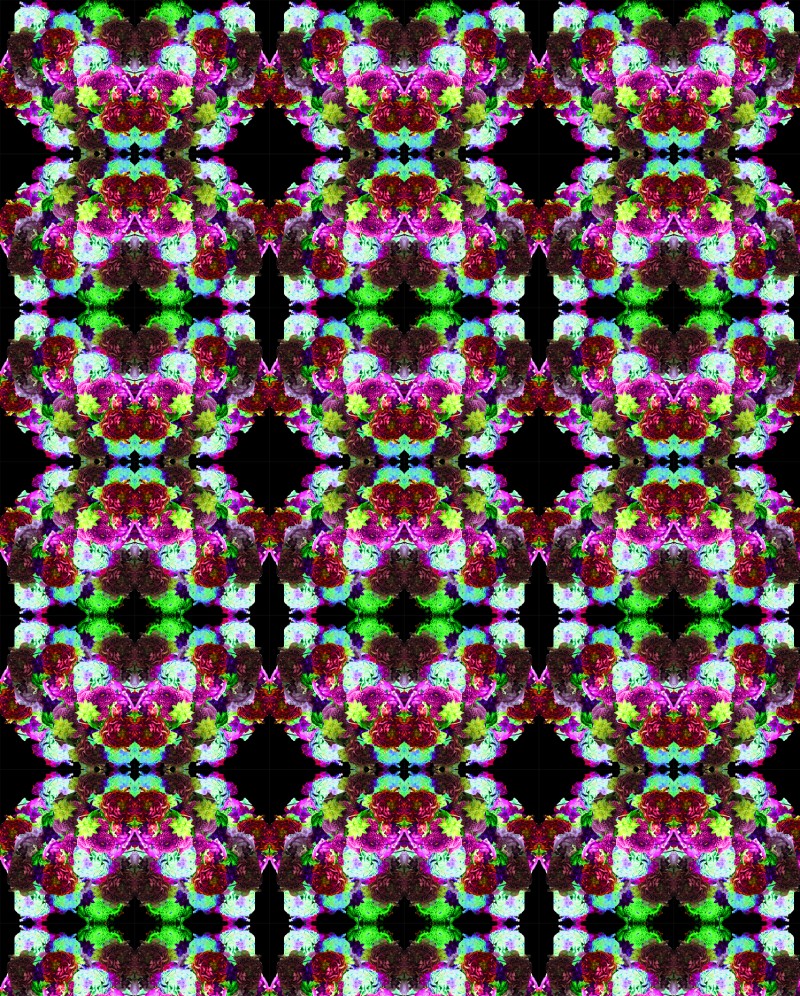
There are stories in our most basic choices of material and color and often they are stories long forgotten or forcefully forgotten.
What artists or movements have had an impact on you?
Where can I even start to answer this question?! Perhaps I will mention the Futurists and Constructivists first. They were especially impactful on me during my work in theater, design, and performance in Berlin during the early 2010’s. Malevich as well. I have always tended toward both the political impact of the image and sequence as well as color and form as a method to break otherwise conventional systems. In this vein, I would like to mention the situationists international, Majakovski, Stein and Brecht for their use of form, minimalism, and communication to approach difficult topics during oppressive times. Visually impactful, have been creators like Hilma af Klimt, Silvia Lark, Emmi Whitehorse, Georgia O’Keefe, Joseph Beuys, Anish Kapoor, Dada, Johannes Itten, Lucy Lippard amongst others. My work as an artist and educator revolves deeply around materialism, color theory, form, nonsense, sensorial experience, historical context, stoicism, and a deep appreciation for the craft.
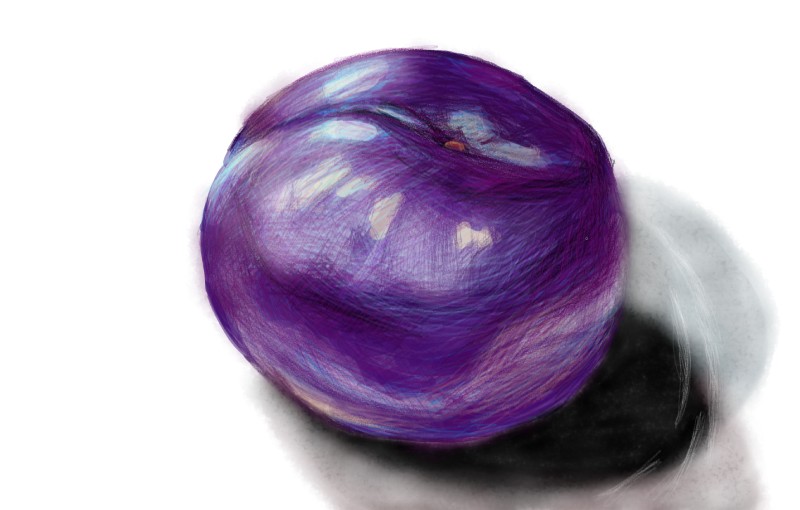
What themes come up in your art and do the memories and personal experiences reflect?
When I was 18/19 years old, right out of high school, I discovered a world of incredible expressive freedom in Germany. I risked literally everything to be part of this world of worlds without rules and without borders. It was the very end of what had been built in the 80s and 90s squatter culture around the abandoned spaces filling cities with little economic value. It was like a rapture, and I was hooked. Graffiti was normalized and necessary, trash was gold, money had little impact, and no one cared what you did if you stood by decent values. As I watched these philosophical oases disappear and this world of color and chaos become clean and homogenized and as I entered a world of books and timeliness myself, I realize evermore how blessed I was to experience true, functioning dysfunctional nonconvention. It is the space I enter now in my dreams and in my art. It is home. Nonsense makes the most sense.
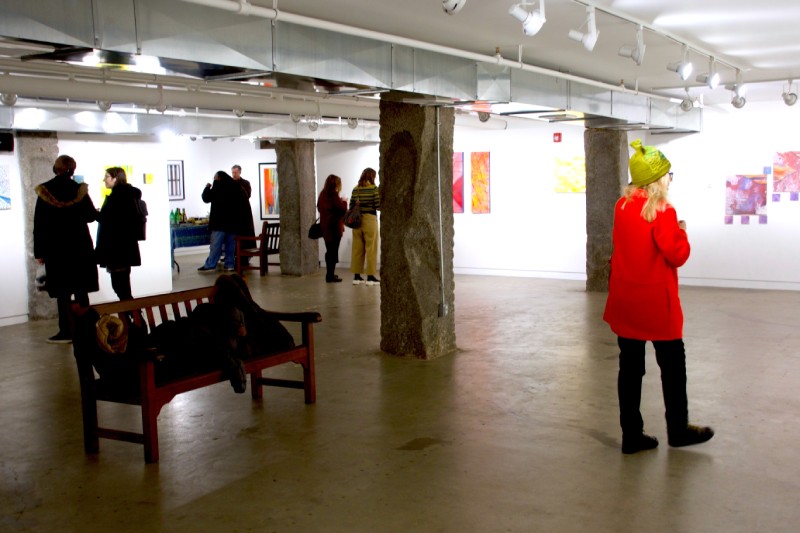
What is the significance of material and color?
There are stories in our most basic choices of material and color, and often they are stories long forgotten or forcefully forgotten. In every cotton garment or canvas, to this day, there are voices of slaves who cannot be heard and deeply controversial, incredibly impactful histories of conquer, oppression and trade that have relevance to our current political conscience. In every linen cloth, there are anti-bacterial properties that saved soldier’s lives and flax fields in the Ukraine that are threatened by the war and Viking’s woman’s tales of the power of this incredible, edible, and beautiful plant. And pigments are the same. Cochineal is a favorite that holds Zapotec, Mayan and Aztec heritage, but revolutionized Europe to be used in common products like lipstick to this day. Or the mystery that is black, which used to be created using a combination of various reds, dark purples, and blues, but is now synthetically created to be truly, for the first time in history, colorless. Once I started to learn about light refraction and the natural world, everything I took for granted just imploded. Now, I can stare for hours at a chicken’s feather in the light bewildered by the fact that they have no color themselves, but are shaped in a way that my brain sees color because of how light bounces. Or I can take a walk through an iron-rich forest and stumble upon the natural ochre, which was the first pigment ever used by human-like species. I mean, it’s all just so cool! I love this work!
What are you working on right now and what is next?
My current work revolves primarily around taste and flavors, as well as community and material development. Similar to my synesthetic work surrounding music and rhythm, food and cooking has always been a mainstay in my life, and I am developing both an aural and visual experience palette to explore topics of climate related resilience and food stability and access. So far these are mostly studies and an illustrated book project as well as copious amounts of research. I am also beginning to speak and show at conferences and exhibitions on the topic. Much of my teaching revolves around material making in both context and practice. I take a whole-systems-approach to art practice and theory that contextualizes global systems involved in art and often promotes small craftspeople and innovative practitioners. I instruct on how to practice art most sustainably or most in keeping with a circular economy, which ideally means doing so with the least possible carbon- and socially-oppressive- footprint. In other work, I have some works of illustrated fiction, I would like to publish and others that I have ahead of me.
What is your favorite art accident?
Wonderfully, I believe the piece selected for this competition may be attributed to my favorite “art accident” or “successful art experiment”. Though my practice has always been experimental in nature, this series of scanned drawings was likely the least messy and most satisfying. It was my first exploration into more digital media (something I am, admittedly, still catching up on). I was exploring music and rhythm as well as my own synesthesia at the time. This piece “Something New and Better” came about as a digital alteration of a distorted scanned collage based on a musical 4:4 rhythm scheme. Interestingly, it can also be used as a repeatable pattern for clothing, wallpaper, etc. It was featured in an exhibition here in Boston with my previous collaborator and partner, Jonas Kublickas, called ComProvisations. This exhibition showed several works paired with Jonas’ music and my own Sound Studies and Soundscapes. Viewers stood in front of each piece for 3 minutes on average, compared to the current museum average of 15 seconds. I consider this a considerable accomplishment and argument in favor of multisensorial work as a practice in our increasingly distracted world.
What do you consider the role of an artist today?
Being an artist, to me, is a way of existence rather than role. For me, Art is this Big Letter Thing that I try to experience and reflect upon. Being an artist is therefore the search, the study, the experimentation, the observation, the practice more than it is a position. In a way, being a maker of any kind, in my opinion, is closer to a monk-like or priest-like or scientific/philosopher’s existence and this should come first. People have different approaches for how to handle this and people seek out artists at different times for different reasons. That is why galleries, historians, curators, critics, and museums are so important: as an artist I am here in my world, and you all connect thoughts and observations into a digestible, presentable, and relevant frame. I work very closely with art historians, curators, and other makers, in trust and collaboration, because I only see part of the picture. The world will define my role, whatever that is.

